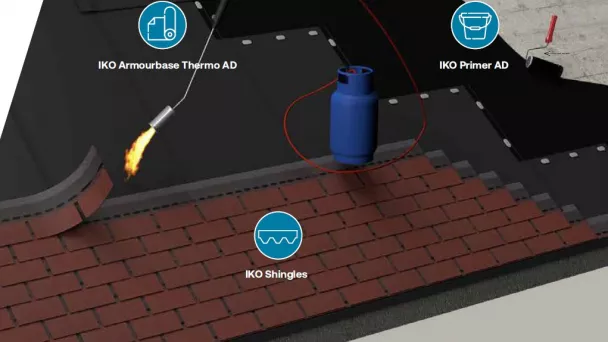Search
Search
1419 results were found.
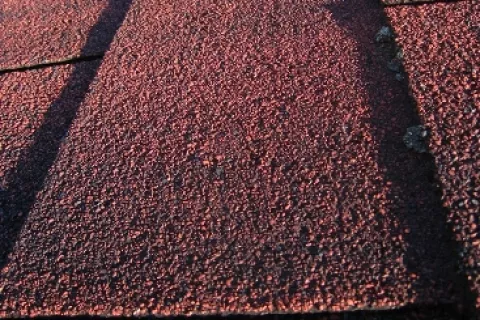
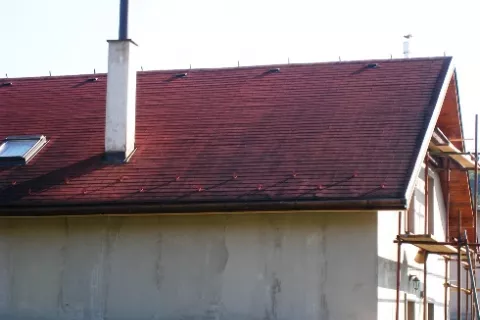

Planning to build or renovate a roof? Adding an Armourbase underlayment is a smart move!
Still doubting which quality you should go for?
No problem, we offer A4 samples so you can check the quality yourself!
This is how it works:
1. Fill in all the fields of the form beneath.
2. Choose the type of Armourbase underlayment you're interested in. You can indicate max. 2 different types.
3. These A4 sized Armourbase samples will be sent to you by post. This is the reason we certainly need your address and telephone number.
4. We try to have the samples delivered within 7 days on adresses within Europe.
Helpful Links:
>>> Armourbase PRO
>>> Armourbase ECO
>>> Armourbase PRO PLUS
>>> Armourbase STICK
How to install solar mounting set on your shingle roof?
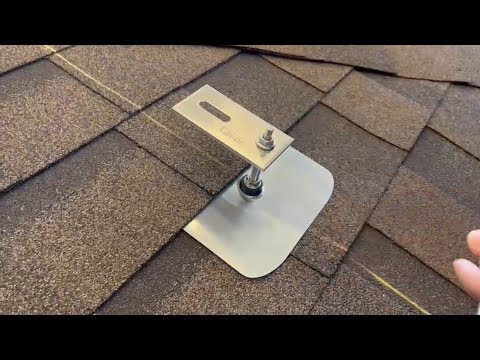
Comparison test shingles: 3TAB vs laminated shingles
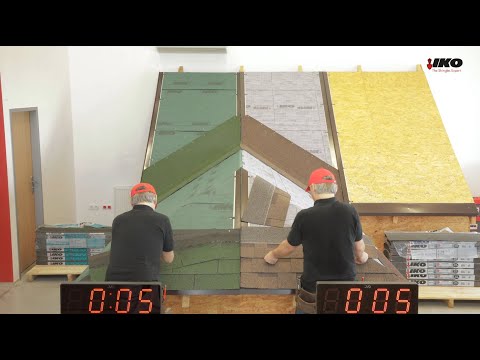
Roof Concept
When facing difficult roof conditions, IKO offers the “IKO Shingles Torch system”
